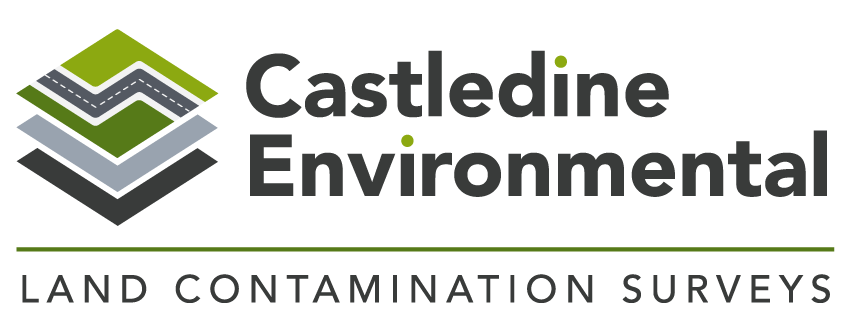Glossary
Common terms referred to
Source
– This is the source of a contaminant, such as a nearby gas works, petrol station, former heavy industrial site.
Pathway
– this is the route by which a contaminant may travel from source to your site. This may be a former railway cutting, a river system or simply a fuel spillage moving through a layer of gravel beneath your site.
Receptor
– This can be a person, such as a child playing in a garden contaminated with lead, an ecological system such as a protected river system or aquifer or a food source, amongst others.
SGV
– Soil Guideline Values, this relates to the thresholds of certain chemicals and metals within soils, should these be exceeded, then the site is classified as contaminated and a risk.
Aquifer
– This is an underground layer of water-bearing porous rock, fractured rock of a cohesive layer of soil (e.g. gravels, sands). The differing types are listed below.
Secondary A
– This is permeable layers of rock that contain a fair amount of water and were formerly classified as minor aquifers.
Secondary B
– This is a lower permeability rock with limited amounts of groundwater, due to localised features such as cracks, faults and weathering etc, formerly classified as the water bearing-parts of non-aquifer rocks.
Secondary (Undifferentiated)
– This is assigned where it is not possible to attribute the characteristics of Secondary A or B aquifers to the rock, due to the varying characteristics throughout.
Principal
– This is a main aquifer with high permeability and a strategic source of water and water storage. Principal aquifers need to be protected from contamination and damage.
Hydrology
– This is the science of the earth’s water, water courses and their movements and affects upon landforms, ecological systems and the hydrological systems themselves.
Radon
– This is a colourless, odourless and tasteless naturally occurring radioactive gas.
Bedrock Geology
– This is solid geology underlying shallower, looser deposits such as soils, alluvium (also known as superficial geology)
Superficial Geology
– This is geology of relatively young age (Quaternary Period) commonly encountered as unconsolidated sediments such as glacial till, beach, river and marine deposits.
Quaternary (Period)
– This is the current and most recent geological period. It is divided into two epochs, the Negoene and the Holocene, which we are presently within. This period dates from 11.7 thousand years ago to the present day.
Made Ground / Anthropogenic Ground
– These are human made deposits which may be reworked soils (such as farmland), fill material (such as landfill, landscaping, mining waste), past demolition or importation of materials, or a combination of all. Anthropogenic Ground is the most recent term, with Made Ground being the generally more often used term.
Alluvium
– A loose, unconsolidated (not a solid rock) soil or sediment that has been eroded, reshaped and restructured and carried by watercourses, before being laid down in a non-marine setting.
Remediation
– This is the action of remedying an issue, in particular within our field it is the act of reversing or stopping environmental/human/receptor damage from potential contaminants.
Verification
– This is the action of verifying that the remedial works (usually undertaken in Phase 3) have been undertaken successfully, and risk to site users and ecologies has been eliminated or negated.